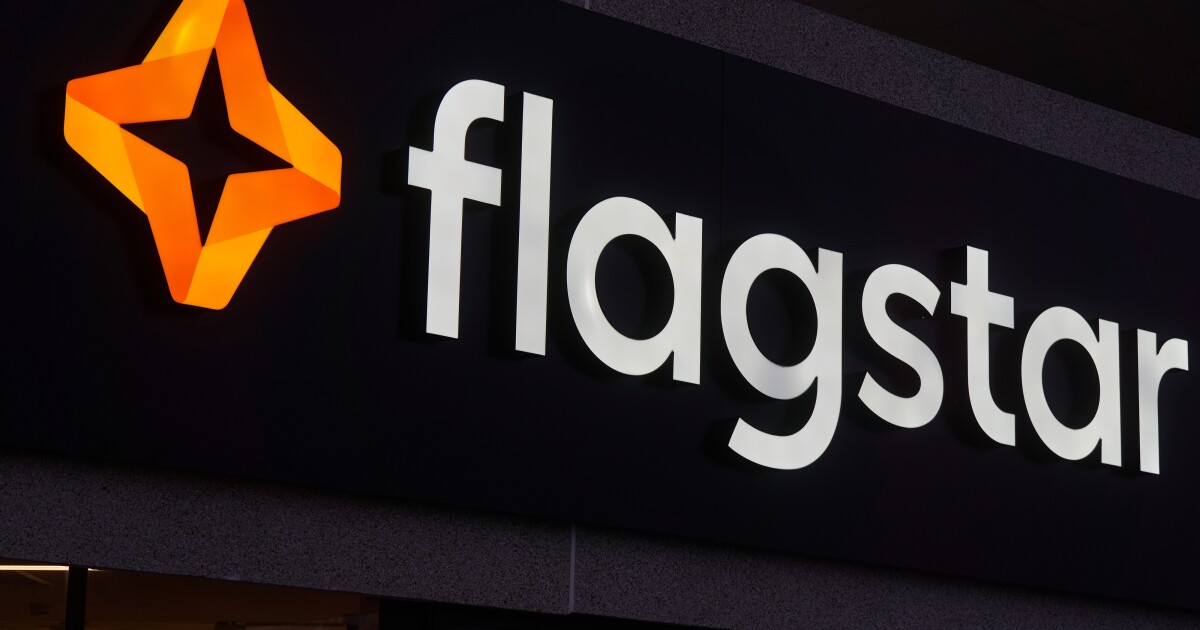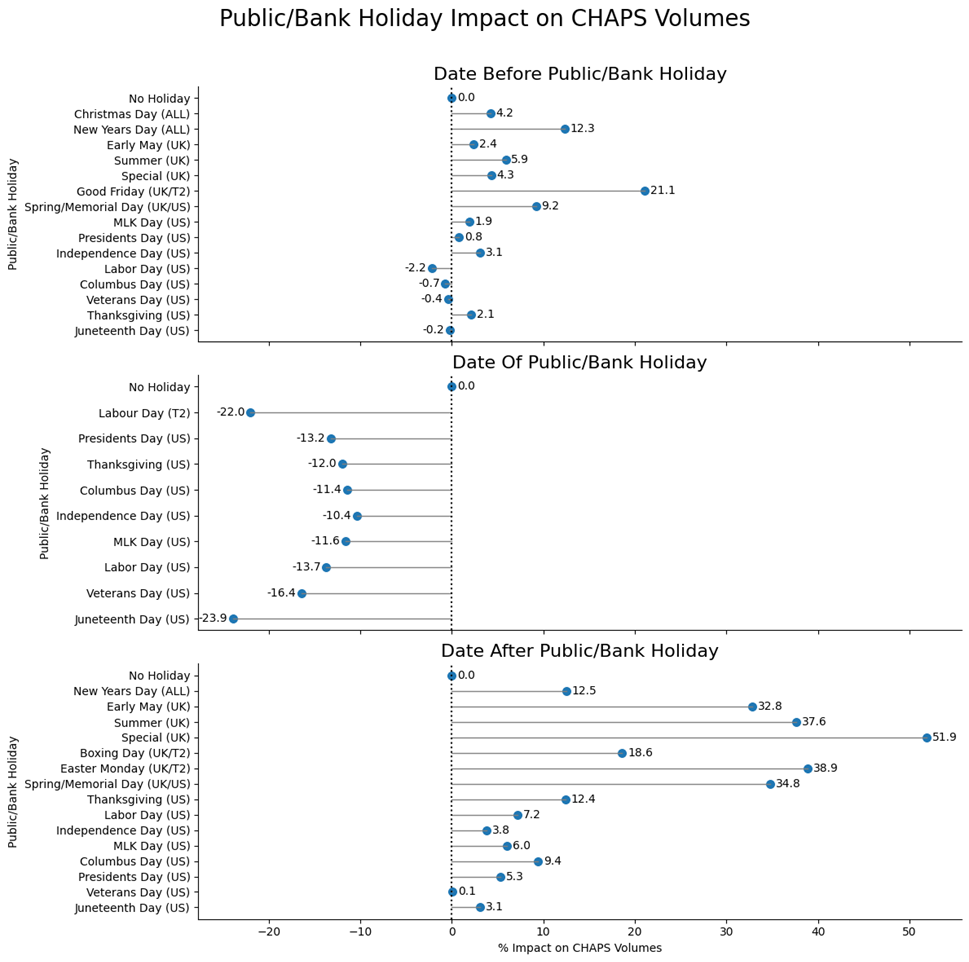UPDATE: This article includes additional information from Flagstar’s first-quarter earnings call.
Joseph Otting, the chairman and chief executive of Flagstar Financial for the past 12 months, made a prediction Friday during the final seconds of the company’s first-quarter earnings call.
Backed by an anticipated
Otting’s comment summed up Flagstar’s objective these days. The company formerly known as New York Community Bancorp, which was just trying to survive during the early months of 2024, is
It’s a necessary step. The company’s commercial real estate portfolio, which includes multifamily and office loans, ran into trouble in late 2023 as some loans began to sour, leading to soaring credit-loss provisions and unexpected profitability and liquidity challenges.
Along with C&I loan growth, Flagstar has other areas of focus, Otting said. The list includes improving the company’s earnings profile, normalizing its credit performance and expanding its private bank. It r
Flagstar hasn’t had a profitable quarter since the third quarter of 2023 — six quarters ago. On Friday, it reported a first-quarter net loss of $100 million, or 26 cents per share.
That was a penny below what analysts polled by S&P Capital IQ had estimated — and less than the $1.36 per share loss in the first quarter of 2024. Excluding costs related to branch closures, the sale of its mortgage business and merger-related expenses, Flagstar’s net loss was $86 million, or 23 cents a share.
Flagstar is also focused on trimming expenses, which fell 24% year over year. The bank is on track to cut $600 million this year through a mix of actions such as
The company expects to close 23 branches by the end of June, and more in the third quarter, Smith said.
Today, much of Flagstar’s future depends on growing its C&I book, which made up 22% of total loans at the end of December. Otting has argued that doing more C&I business will lead to deeper relationships with customers, attracting more deposits and generating additional fee income.
“There are very few opportunities where we are willing to do credit-only relationships,” Otting said on the call. “Our pricing model does not work very effectively where we’re not getting noninterest income or deposits from a yield perspective.”
While Flagstar’s new loan originations rose 42% quarter over quarter, the loan portfolio still shrank in the first quarter. C&I loans in full totaled $14.7 billion, a 40% decrease compared with the same quarter last year. The decline stemmed from selling off certain “noncore C&I loans” within Flagstar’s specialty finance and leasing portfolios, Otting said.
To grow the C&I book, Flagstar is continuing to hire commercial bankers with existing ties to clients. During the first quarter, 15 bankers joined the company, on top of the 60 who were hired last year. Another 80 to 90 bankers are expected to join Flagstar before the end of this year, Otting said.
For the first quarter, net interest income tumbled 34% year over year, reflecting a decrease in average loan balances. The shrinkage in part reflects the fact that Flagstar sold off certain assets, such as its mortgage warehouse business, and continues to reduce its commercial real estate book. Multifamily loans totaled $33.4 billion through March 31, down 9% from the year-ago quarter, while office loans totaled $2.4 billion, down 25% from late March 2024.
The impact of the loan sales was visible in total assets, which fell below the $100-billion threshold in the first quarter to $97.6 billion. That was down about 14.5% year over year.
Otting told American Banker in March that Flagstar had no plans to permanently reduce its asset size and drop back into the Category III sector, which would bring less regulatory scrutiny. Flagstar entered the Category IV zone when it made two back-to-back acquisitions, purchasing its namesake, Flagstar Bancorp, in late 2022 and remnants of New York City’s failed Signature Bank in early 2023.
During the first quarter, nonperforming assets surged to $3.3 billion, representing 3.38% of total assets and in sharp contrast to the year-ago period, when nonperforming assets comprised just 0.72% of total assets. During the quarter, Flagstar moved one prominent borrower with $563 million of loans across 90 properties to nonaccrual status, Smith said.
“This was a borrower who decided that he wasn’t going to pay … but he certainly had the ability to pay,” Smith said. The company is “pursuing all legal and contractual remedies” against the individual, he added.
Provisions for credit losses fell 75% from a year ago to $79 million.
Despite “some continued credit noise,” Flagstar is “on plan,” Mark Fitzgibbon, an analyst at Piper Sandler, wrote in a research note.
“The company has clearly laid out its goals and timelines and once again has done what they said they were going to do,” Fitzgibbon wrote. “And the results matched their bogeys.”
The common equity Tier 1 ratio, which compares a bank’s capital against its assets, was 11.9%, up from 9.45% in the same quarter last year. The bank has targeted a CET1 ratio of 10.5% to 11.5% by 2027.
Like other banks this month, Flagstar adjusted its financial guidance in certain areas. Full-year net interest income guidance was lowered to $1.825 billion to $1.875 billion, down from the $1.875 billion to $1.925 billion predicted in January. The fee income forecast was raised to $320 million to $360 million, up from $280 million to $320 million. Other forecast metrics remained unchanged.
Investors appeared to like what they heard Friday. As of early afternoon, Flagstar’s share price was up more than 5%. Year to date, it’s up about 27%.
Publisher: Source link











